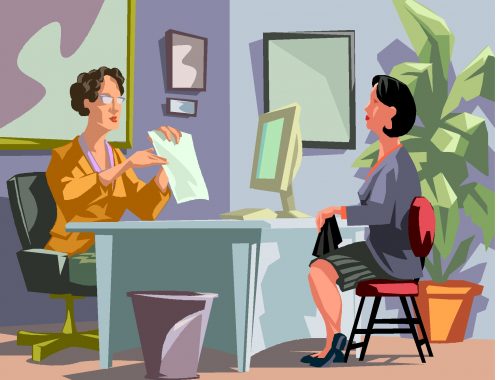Fake it ’till You Make it: Reflections of a Simulated interview
By Olivia Peden

In this blog post, I would like to reflect upon my experience of my simulated interview, taking into account both my self- reflection and peer reviews. I plan on employing Gibbs’ reflective cycle in order to discuss what I encountered during the interviews; how I felt during the experience, what I learnt during and after the interview via feedback and my action plan for future improvement (See Figure 1).
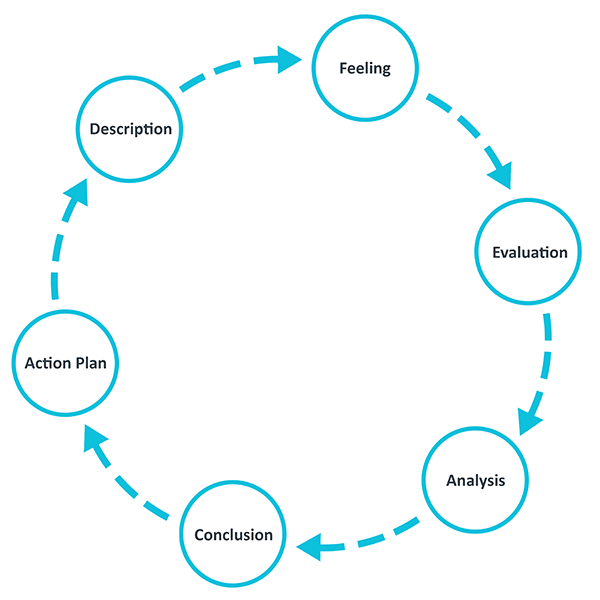
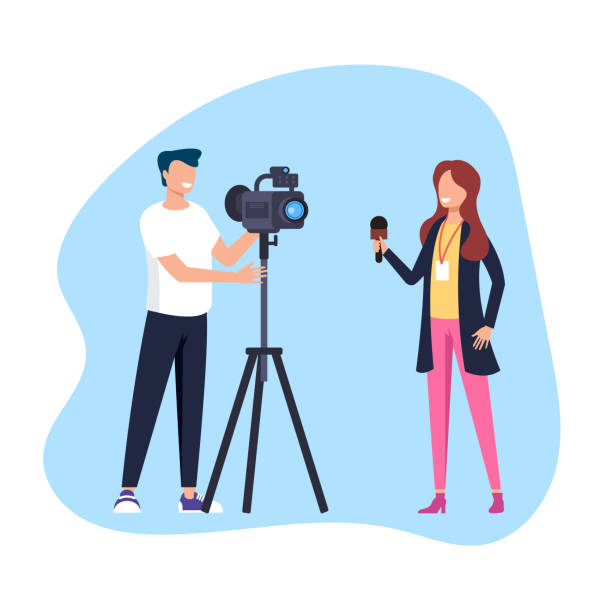
The purpose of a mock interview is to provide a simulation of a real job interview, allowing me to prepare answers, practice communication skills and receive feedback on my performance. Feedback is one of the main components of a mock interview as it allows individuals to identify areas of weakness and strengths in their performance, which can help me to refine my communication skills (Barrick et.al, 2001). I chose to be interviewed for the role of a ‘Trainee Journalist’ in ITV as this is the type of career I have been building a portfolio and preparing for since I started my bachelors’ degree in Broadcast Production.
Although I was fairly confident in my preparation for the interview, once I had sat in the waiting room I felt a slight anxiety slowly creeping up on me. This was my first time taking part in a professional-style interview, and although I had faith in myself, I could feel the nerves trying to overshadow the preparation which I had made for the interview. I tried to stay composed, walking into the interview with good posture and body language, aiming to make eye contact and speak clearly throughout. Although my peers remarked that I answered questions “with good clarity” and I remembered the points which I had prepared, upon reflection I can’t help but think that perhaps my nervousness made me seize up, making
my answers feel a little less passionate than they could be. In my next interview, I plan to speak a little more enthusiastically in my answers and display my clear passion for working in the media.
To my best ability, I tried to use the ‘STAR’ technique (Figure 3) in order to explain how I was a suitable candidate for the role. Standing for Situation, Task, Action and Result, This technique helped me to provide specific examples from my past work experience to demonstrate my skills, accomplishments and abilities. In order, the technique involves describing the context of a problem I have faced before, what I was expected to achieve given the situation, the steps I took to resolve the situation , and the final outcome, with the lessons I learned (See Figure 4). The ‘STAR’ technique allowed me to provide real-world examples of my abilities, and although I tried to use the technique to my best ability, I found my nerves slightly limiting me.
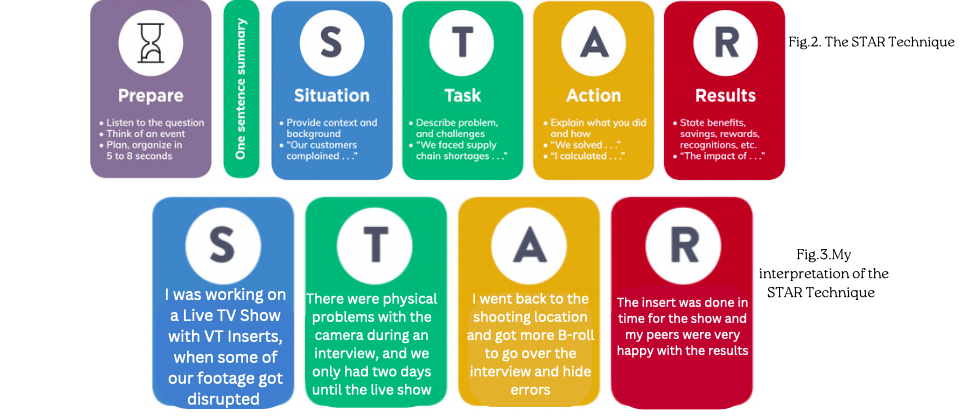
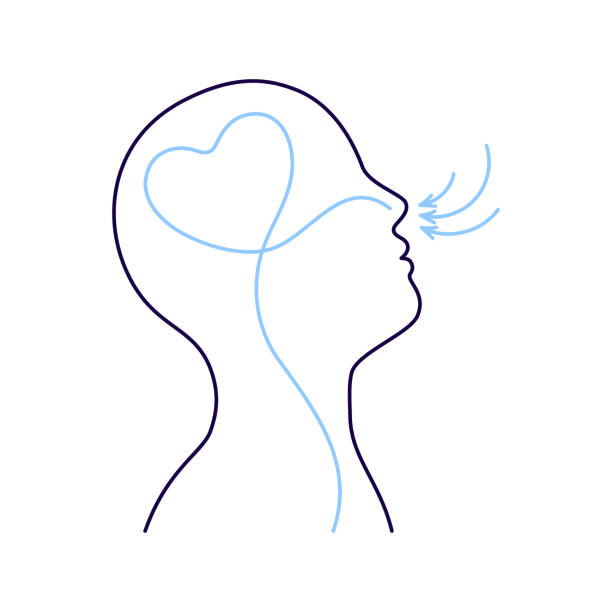
In my interview, I could have used more examples of how my past experience and studies makes me a perfect candidate for the job. As I was slightly nervous, I had a fear of talking about irrelevant subjects, which in turn meant that my answers sometimes lacked depth. Although this was just a result of my nervousness, perhaps maybe I need to plan in the future how to calm myself before and during an important interview , for example engaging in breath-work and regulating breathing would help to calm my nerves, allowing me to answer in more depth without fear of rambling on. breathing can activate the parasymphetic nervous system, which is responsible for calming the body (Jerath et. Al, 2015). One of the ways which I could calm my nerves pre-interview could be ‘visualisation’ , which involves mentally ‘rehearsing’ the interview process, visualising a positive outcome, and thus creating positive expectations (Bostic, 2019).
I found the simulated interview incredibly useful as it had gave me a first ‘taster’ of a professional interview experience. I was able to fully immerse myself in the full experience, from the pre-interview nerves to processing how I was going to answer the questions which my peers asked me. Feedback from my peers was mostly positive, and I left the mock interview feeling satisfied with my performance, able to evaluate areas for improvement in the future. Now that I have partaken in the mock interview, I feel more confident for my future post-graduation, and I feel more prepared to handle interviews in the future.
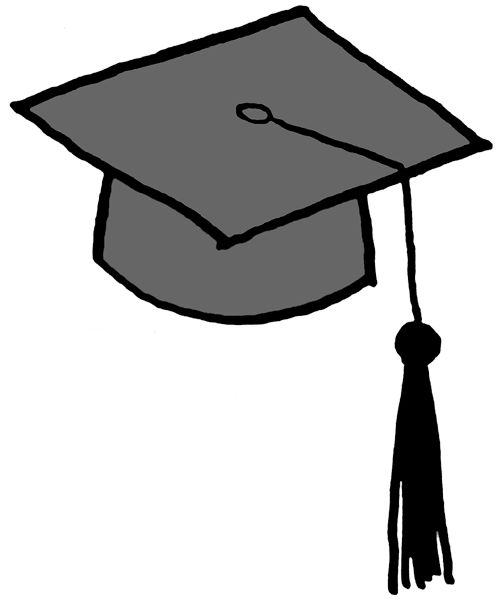
Research by Karvonen-Guiterrez et.al (2012) has shown that mock interviews can help build confidence, something which I certainly feel to be true following my experience in the simulated interviews. Perhaps being able to reflect on my time partaking in the mock interviews has slightly eased my nerves, as I am more confident heading into the post-graduate world than ever before.
Works Cited:
Bostic, T, J. (2019). The Effectiveness of Imagery and visualisation Techniques for Anxiety Reduction: A Review of the Research. Journal of Cognitive Psychotherapy, 33 (3), 170 – 186
Barrick, M. R, Mount, M. K & Judge, T.A. (2001). Personality and Performance at the beginning of the new Millennium: What do we know and where do we go next? International Journal of Selection and Assessment .
Karvonen- Guiterrez, C. A, Hootman, J. M Jacob & Lachance, L. (2012). The Effects of a mock interview session on self efficacy and job interview skills of graduating seniors seeking employment. Journal of Career Assessment, 20(1), 20-36.
Jerath, R., Edry, J.W., Barnes, V.A., and Jerath, V. (2015). Physiology of long pranayamic breathing: Neural respiratory elements may provide a mechanism that explains how slow deep breathing shifts the autonomic nervous system. Journal of Alternative and Complementary Medicine, 21(10), 759-767.
A Wandering Eye
You May Also Like

Job Interviews: Selling Yourself For A Pay Cheque
24 February 2023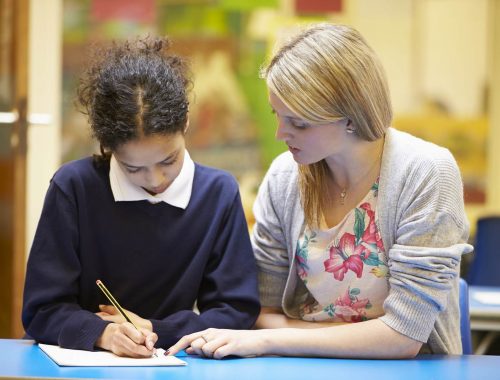
Challenge Accepted Sir!
18 April 2023